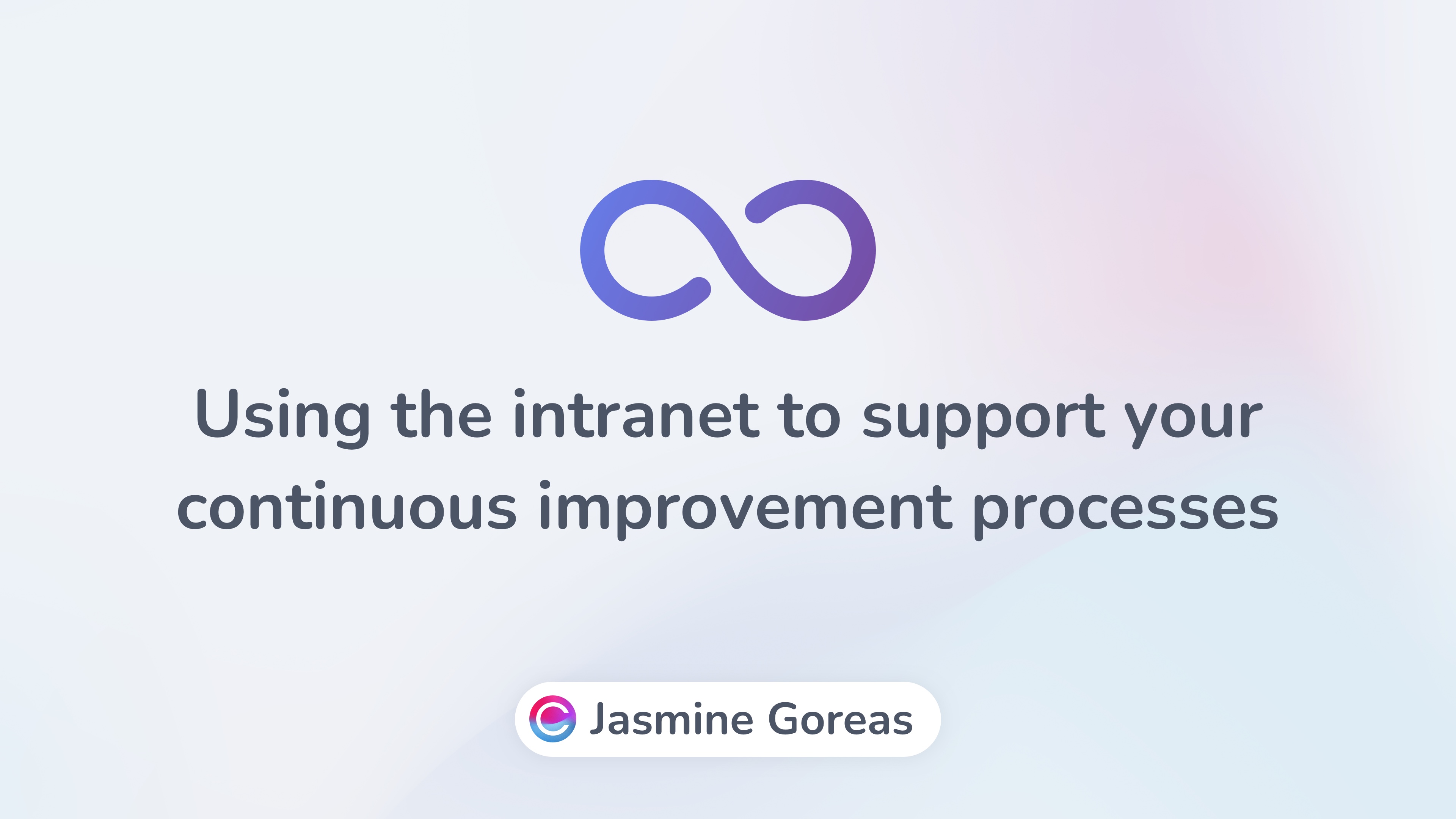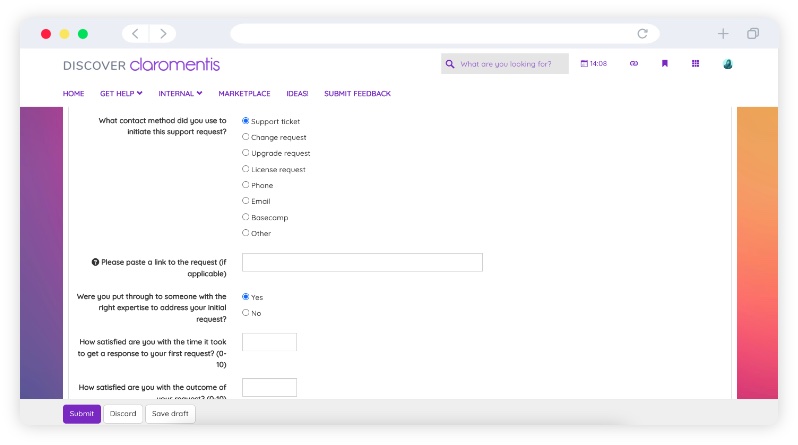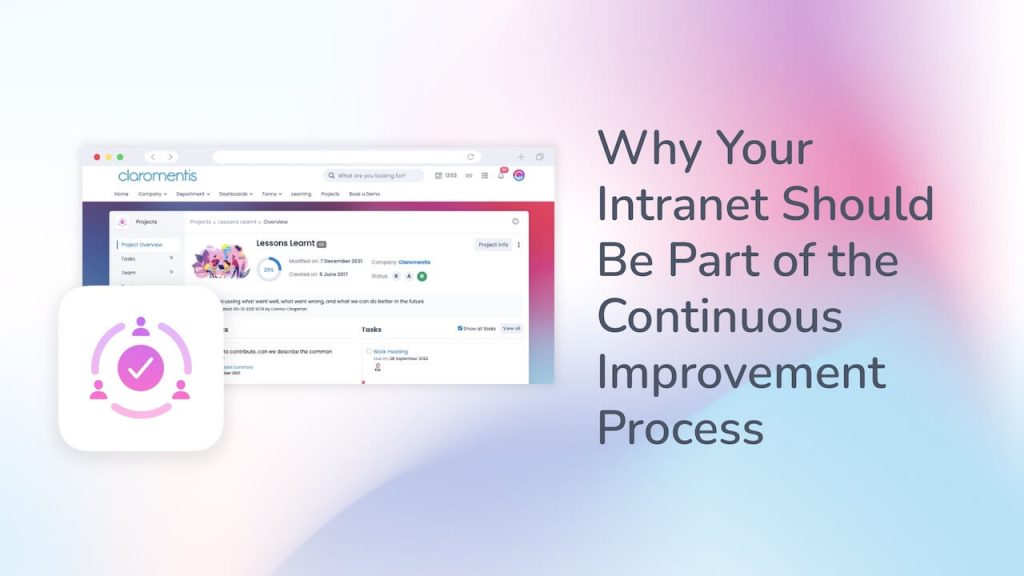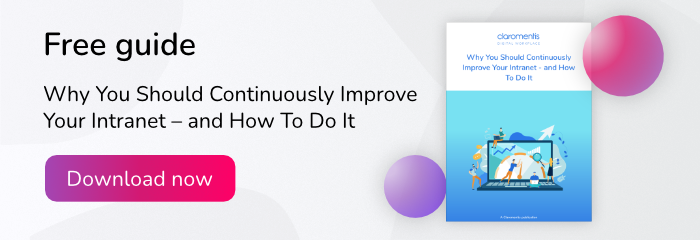The continuous improvement process is an essential business strategy for operations teams. Without a continuous improvement process in place, businesses risk putting themselves in a state of decline; there’s no such thing as “ticking along” or “status quo” – businesses are either growing or getting left behind.
Also known as continual improvement, continuous improvement describes the ongoing effort that businesses must make to improve their processes, products, and services by making them as efficient, cost effective, and scalable as possible. And in contrast to breakthrough improvements – which generally happen all at once – continual improvement is constant and incremental.
Continuous improvement aims to positively impact your bottom line, drive business growth, and reduce costs, whilst also improving compliance management, quality management (for both your products and services), customer satisfaction, and even employee engagement and retention.
There are many different frameworks that businesses can follow to implement continuous improvement, including:
- Kaizen: A cycle of continuous innovation where teams make small, ongoing changes to generate significant improvements over time.
- Six Sigma: A data-driven approach that aims to reduce process variation as much as possible to enhance process control, minimise errors, and eliminate defects.
- Agile: Breaking down large projects into smaller chunks to enable constant collaboration, continuous improvement, and evaluation at every stage.
- Lean management: Delivering value to end customers by identifying and reducing waste and removing process steps that aren’t needed.
Whichever framework you choose, the ultimate goal is to create a culture of continuous improvement that will drive your business forward. And you’ll need to have the right tech and tools in place to help you get there.
Intranet software tools with workflow automation, for example, are perfectly placed to support your continuous improvement process. Why? Because the system is already optimised to fulfil the same criteria set out by the continual improvement frameworks we mentioned above. Let’s take a look at this in more detail.
How a company intranet supports continuous improvement
Streamlines processes
Intranets that come pre-packaged with workflow automation software – such as Claromentis – help teams streamline business processes by automating the repetitive and manual parts that drain so much of their time. For instance, rather than having a member of staff send out email reminders to chase those who haven’t submitted that month’s expenses – which isn’t a good use of anyone’s time – the workflow automation will do it for them.
Remember, continuous improvement is about reducing waste and cutting out steps that don’t need to be there. So intranets with workflow automations are primed and ready to cut out the busywork.
Minimises errors
An important part of the continual improvement process is reducing errors and process variation, especially if you’re following the Six Sigma framework. Yet if your teams are having to input data manually or carry out repetitive tasks, mistakes are bound to happen. As a result, this will lead to disruption, fragmented processes, and a poor customer experience.
Modern intranets include loads of tools that improve quality management by minimising manual data entry and, in some cases, eliminating it altogether. For example, digital forms can automatically pull in data from areas of your intranet or external resources – such as employee details or product information – which completely sidesteps the need to enter this information manually.
Enables collaboration
Good internal communication and collaboration are key to an effective continuous improvement process, especially for the Kaizen and agile frameworks. Intranet software is full of collaboration tools that make it easy for teams to collaborate, even if they’re split across locations or working remotely.
Asynchronous communication apps, for example, allow team members to send private messages and reply when convenient, whereas social intranet features provide teams with a dedicated area to collaborate in the digital workplace.
3 continuous improvement processes to manage using your intranet software
So we now know a little more about how an intranet supports the overall continuous improvement process. But how does it help with the day-to-day tasks that make achieving continuous improvement a reality?
Below, we take a look at some specific continual improvement examples, and how an intranet makes them a lot easier to handle.
Performance review
A successful business relies on having a knowledgeable, skilled, and happy workforce. So conducting regular employee performance reviews to identify any training, upskilling, or support needs is an essential part of the continuous improvement process.
Performance reviews should be as collaborative as possible, and not treated as a tick-box exercise. By using your intranet’s digital form and workflow automation features, you can build a performance review process that’s designed for both line managers and their staff to work through together. Not only will this ensure your staff receive the support they need to work productively and sustainability, it will also help your HR teams keep an eye on employee engagement and retention levels too.
Take a look at our video below to see the performance review process in action!

Customer complaints
No company likes to receive complaints. But if dealt with in the best way possible, customer complaints can be full of useful feedback and provide an opportunity for growth and continuous improvement.
A good complaints process starts at the beginning, so that means making it as hassle-free as possible for a customer to get in touch. Using your intranet, you can build a simple complaints form that allows customers to easily enter their details and explain their concerns. Once they submit it, you can use workflow automation to assign it to a dedicated customer service rep and send out automatic notifications to keep everyone updated.

Use your Claromentis intranet to build an easy-to-use customer complaints form
Lessons learnt meetings
Every continuous improvement framework involves a period of reflection, where teams assess what went well, what went wrong, and how they could do better next time.
Using your intranet’s project management system and collaboration tools, you can build a dedicated online space for teams to share feedback, create tasks for individual improvements, and organise meetings to follow up on progress.

Create a dedicated feedback and discussion area using Claromentis’ project management tools

![[FREE GUIDE] Why You Should Continuously Improve Your Intranet – and How To Do It](https://no-cache.hubspot.com/cta/default/5025095/913bcc30-b4b4-43fb-a802-18a0ded6e7fc.png)




